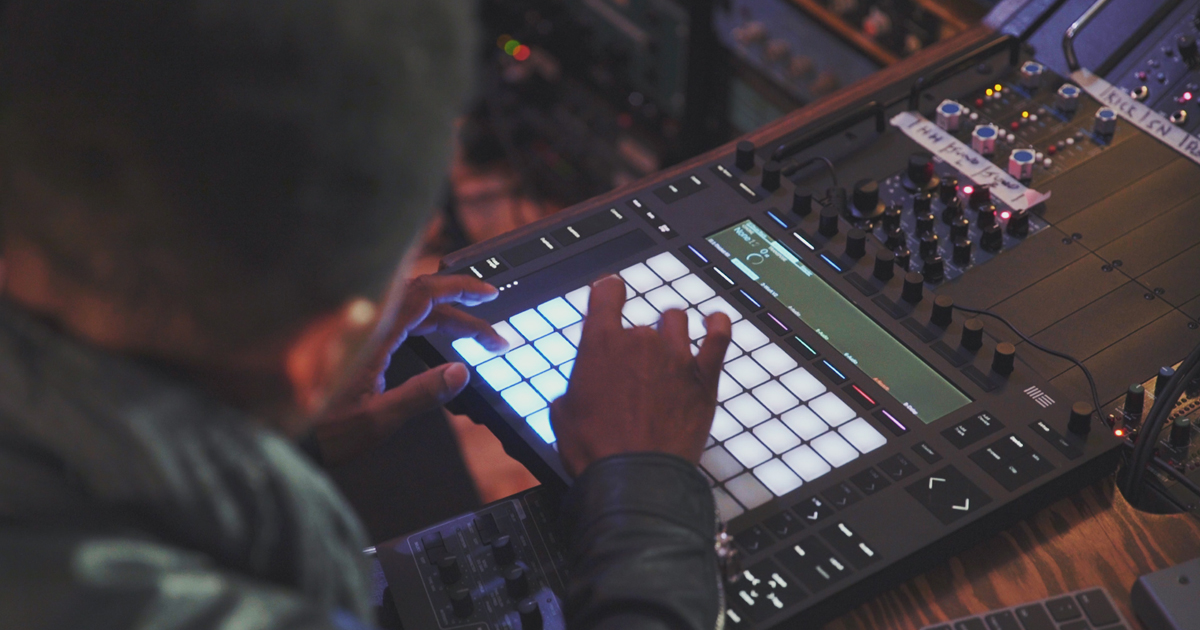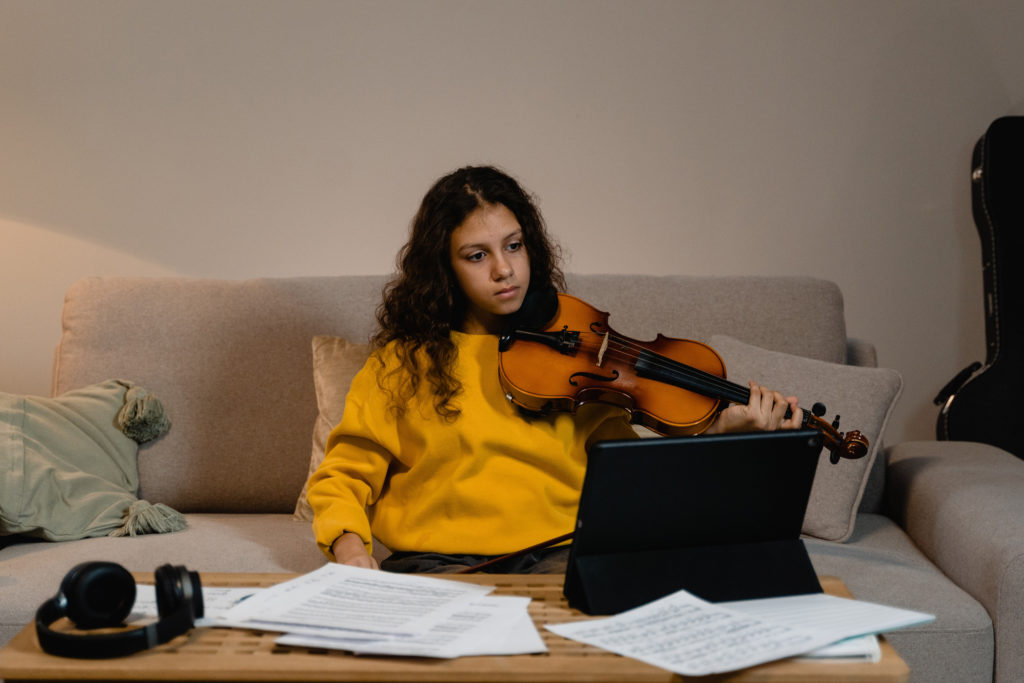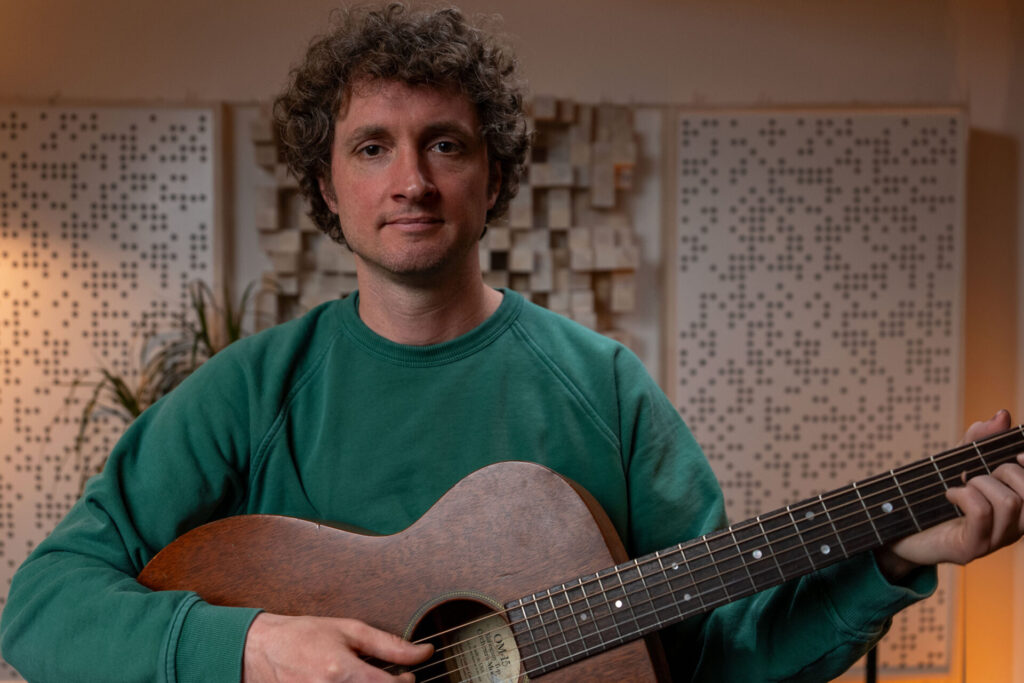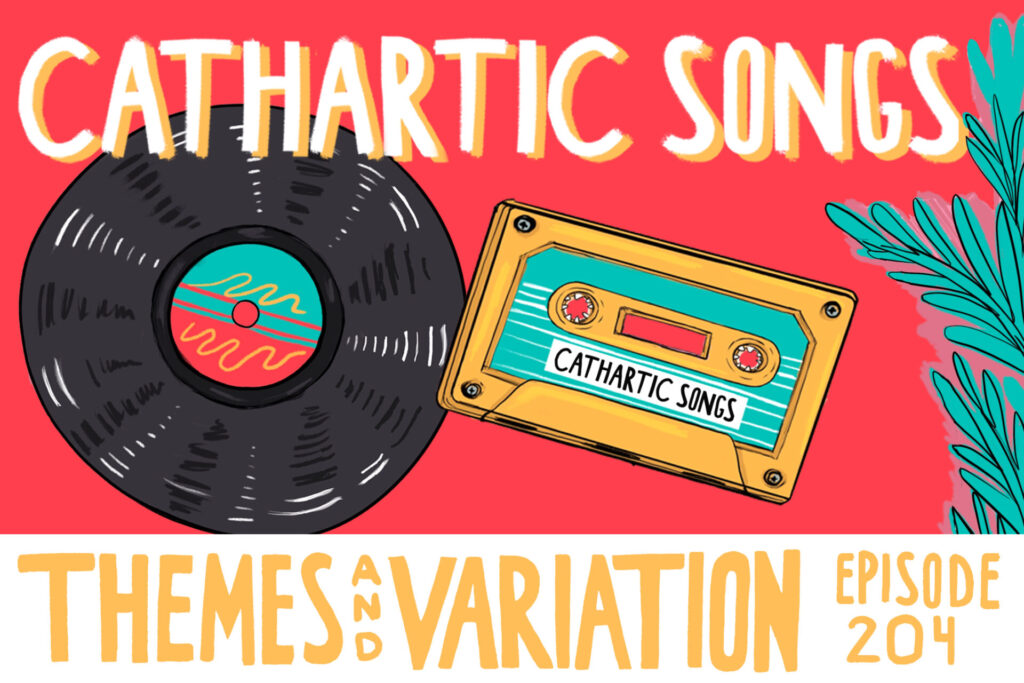+ Learn how to break out of repetitive loops and add emotionality and vulnerability to your tracks with Jlin in Rhythm, Variation, & Vulnerability.
No, you’re not shallow. It’s completely normal to love new stuff!
Turns out we’re totally wired to actively seek out such novelty. Our brains literally crave newness — new clothes, new buttons to click (or things to swipe), new people, new places, and yes, all those shiny new objects!
Here’s why. Researchers discovered a region in the middle of our brains called the Substantia Nigra/Ventral Tegmental Area (or SN/VTA) comes to life only when shown completely novel images.
In a series of experiments, participants were shown pictures of indoor and outdoor scenes, and faces while their brain activity was scanned. Some images rarely popped up and some were emotionally negative, like an angry face or a car crash. A second experiment mixed in well-learned images with less familiar images.
But the rare, emotionally significant and familiar images didn’t activate the midbrain. The SN/VTA only responded to completely new images, charmingly called “oddballs” in the studies.
“Only completely new objects activate the midbrain area and increase our levels of dopamine.”
What activated nerve cells in the midbrain did was release a flood of the neurotransmitter dopamine, throughout the entire brain. When dopamine release spikes, we feel emotions like pleasure, joy, or a strong sense of satisfaction, (in other words, a buzz)! This reinforces whatever we were doing and motivates us to repeat it.
That means that the brain rewards newness, even if it might be risky. And what gets rewarded, gets repeated!
Dr. Emrah Düzel of UCL Institute of Cognitive Neuroscience, said:
“When we see something new, we see it has a potential for rewarding us in some way. This potential that lies in new things motivates us to explore our environment for rewards. The brain learns that the stimulus, once familiar, has no reward associated with it and so it loses its potential. For this reason, only completely new objects activate the midbrain area and increase our levels of dopamine.”
Turns out there are also links between novelty, memory, and learning. The SN/VTA (“novelty” or “pleasure” center) is closely linked to two other centers in the brain responsible for memory and learning:
- The hippocampus which compares stimuli against existing memories, while,
- The amygdala is responsible for emotional stimuli and associated long term memories.
Studies showed that the hippocampus becomes more “plastic” under the influence of novelty. That means literally more connections between brain cells are made while exploring a new environment, and for up to a half an hour afterwards. (Now, that’s just got to be useful!)
And when a new experience is closely linked to a strong emotional stimulus — good or bad, it will stick with you (in your amygdala) for a long time.
+ Learn production, composition, songwriting, theory, arranging, mixing, and more; whenever you want and wherever you are. Subscribe for full access!

So, what’s in this for me?
All of this makes sense both for learning and creating music. Risk taking and exploration are a huge part of creativity, while intrinsic motivation — the internal buzz you get mastering a skill or writing a song — is key to whether you stay on task or drop music lessons!
Okay, learning depends on novelty but shouldn’t we revise the old stuff? Well, yes but the human brain is particularly attracted to new information. Dr. Düzel’s research showed that if you mix new facts in with older information, you’ll actually learn things better.
You’ll also remember more easily because the adjacent memory centers of the brain are stimulated when the novelty of new information makes our pleasure centers pump out dopamine.
Stimulating dopamine neurons during the presentation of familiar stimuli accelerates learning. If we no longer get a dopamine rush, chances are we’ll look for pleasure elsewhere; or switch off completely. Cue the endless phone death scroll!
+ Read more on Flypaper: “The “Sadness Paradox” — Why Sad Music Is So Comforting.”
How you can learn more and improve your memory?
Put these findings to work by drip-feeding a little novelty into whatever you’re learning and new ideas and concepts stick better for you — and your students. Mix it in and mix it up.
1. Add something new into your routine.
Each time you go over something you’ve already learned, add in some small amount of new information. This makes your brain notice and recognize slightly familiar information more easily because it’s offset by brand new fact, and hey presto! A dopamine hit! Easier to learn a second instrument than your first, or new words in a second language alongside vocabulary you already know
2. Learn after doing something new.
Use your brain’s increased “plasticity” wisely by setting aside time to learn right after taking in novel stimuli. If you meet someone new for coffee or explore a new place, your brain will be more opened up to making new connections during and right after this time, so take advantage.
3. Shake it up!
Change your environment and your routine more often. Your environment can provide a ton of novel stimuli for your dopamine hungry brain, but routine can damp that right down. Try refreshing the humdrum by studying your material in a new place or add different elements in.
Insert: field trip, practice in a new room, a new studio or playing a new venue, practicing the same piece on a different instrument, working with different players or a masterclass with a different teacher. Even changing up the lighting or temperature in the room you are already in makes a difference. A little goes a long way.
4. Attach Learning to Strongly Positive Emotional Stimuli
If learning something new is fun and exciting, or supportive with feelings of belonging, or being on the right path, you’ll remember it more deeply. Of course, the opposite may also be true. Maybe don’t whack your piano students’ fingers.
Someone who has put this information seriously into music teaching practice is Casey van Neumann. In her insightful article published recently on Flypaper, van Neumann describes a tweak in her teaching that increased her students’ motivation to practice more.
Rather than overwhelming students with a bombardment of new pieces in escalating degrees of difficulty, van Neumann reinforced their learning by supplying music of equivalent difficulty but with enough new information for his students.
New facts are slipped in with the familiar until students master that stage of learning. Or as she describes it, until the water runs clear. She further notes, “the student is motivated to practice on her own, can correct her own mistakes, and sticks with her practice for longer periods.”
Because learning is joyful and self-perpetuating, I would wager van Neumann’s students are awash with dopamine that her astute practices have triggered!
Best wishes for applying this happy piece of neuroscience to your own musical process.
Don’t stop here!
Continue learning with hundreds of lessons on songwriting, mixing, recording and production, composing, beat making, and more on Soundfly, with artist-led courses by Kimbra, Jlin, Kiefer, RJD2, Ryan Lott, and of course, Com Truise: Mid-Fi Synthwave Slow-Motion Funk.




